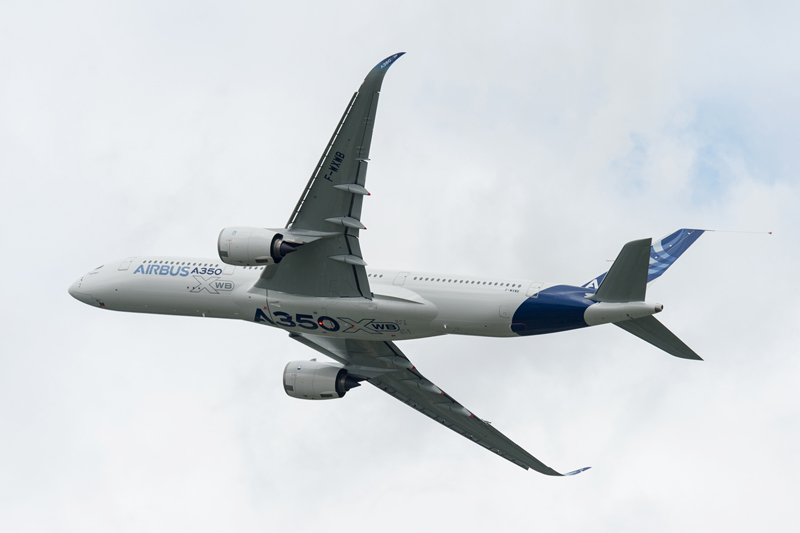Insights into Aircraft Performance and Operator Trends Since it entered into commercial service over nine years ago, the Airbus A350 has become a cornerstone of modern aviation, offering airlines a combination of efficiency, reliability, and passenger comfort. This article provides a comprehensive analysis of Airbus A350 flight cycles, focusing on the top-performing aircraft and airlines operating this state-of-the-art widebody jet.
Vietnam Airlines Dominates the Top Ranks
Vietnam Airlines emerges as a dominant player in the Airbus A350 landscape, with several of its aircraft occupying the top spots in terms of flight cycles. The A350-900 variant, particularly registrations VN-A886, VN-A889, VN-A887, and VN-A888, has accumulated significant flight cycles, showcasing the reliability and versatility of these aircraft in Vietnam Airlines’ fleet.
Ethiopian Airlines and Japan Airlines
Notable Performers Ethiopian Airlines and Japan Airlines also feature prominently among the top operators of Airbus A350 aircraft. With registrations such as ET-ATQ and JA02XJ, these airlines demonstrate their commitment to maximizing the utilization of their A350 fleets. Despite differing operational contexts, both carriers showcase the A350’s capability to serve diverse routes efficiently and effectively.
Insights into Aircraft Utilization and Age
The analysis of Airbus A350 flight cycles provides valuable insights into aircraft utilization patterns and aging trends. Older aircraft, such as VN-A886 and VN-A889, continue to perform admirably despite their age, highlighting the robust design and engineering of the A350 platform. Additionally, the comparison of flight hours and cycles across different aircraft sheds light on the varying operational contexts and missions of these widebody jets.
Challenges and Opportunities for Airlines
While the top-performing airlines demonstrate the A350’s capabilities, challenges such as maintenance requirements and route optimization also come into focus. Airlines must balance maximizing aircraft utilization with ensuring safety and reliability, requiring careful planning and strategic decision-making. Moreover, the analysis underscores the importance of efficient fleet management and maintenance practices to sustain operational excellence.
Global Perspective
Operator Distribution and Regional Trends With over 542 active A350s operated by 37 carriers worldwide, the Airbus A350 has established itself as a popular choice among airlines across the globe. Regional trends in operator distribution highlight the A350’s versatility in serving diverse markets, from long-haul international routes to regional connections. Airlines such as Singapore Airlines, Qatar Airways, and Cathay Pacific play pivotal roles in shaping the A350’s success on the global stage.
Conclusion
The analysis of Airbus A350 flight cycles offers valuable insights into aircraft performance, operator trends, and industry dynamics. As airlines continue to expand their A350 fleets and explore new routes, the importance of efficient operations and strategic planning becomes paramount. By leveraging data-driven insights and embracing technological advancements, airlines can unlock the full potential of the Airbus A350, ensuring a sustainable and prosperous future for widebody jet operations.

